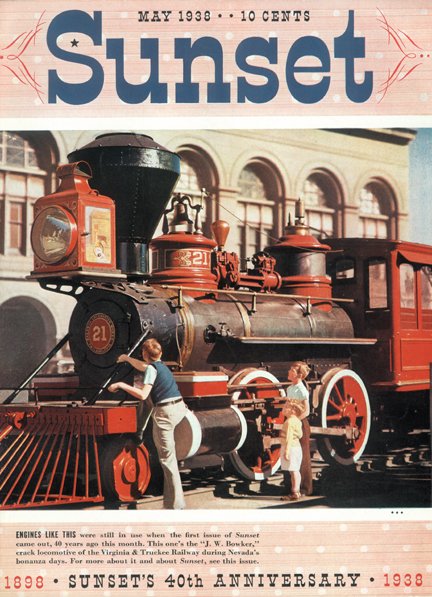Off Into the Sunset
Source: stanfordmag.org; photo by Sam Oppee, all rights reserved Sunset Publishing
Off Into the Sunset
by SweisKloss
March 24, 2022
by SweisKloss
March 24, 2022



Source: stanfordmag.org; photo by Sam Oppee, all rights reserved Sunset Publishing


